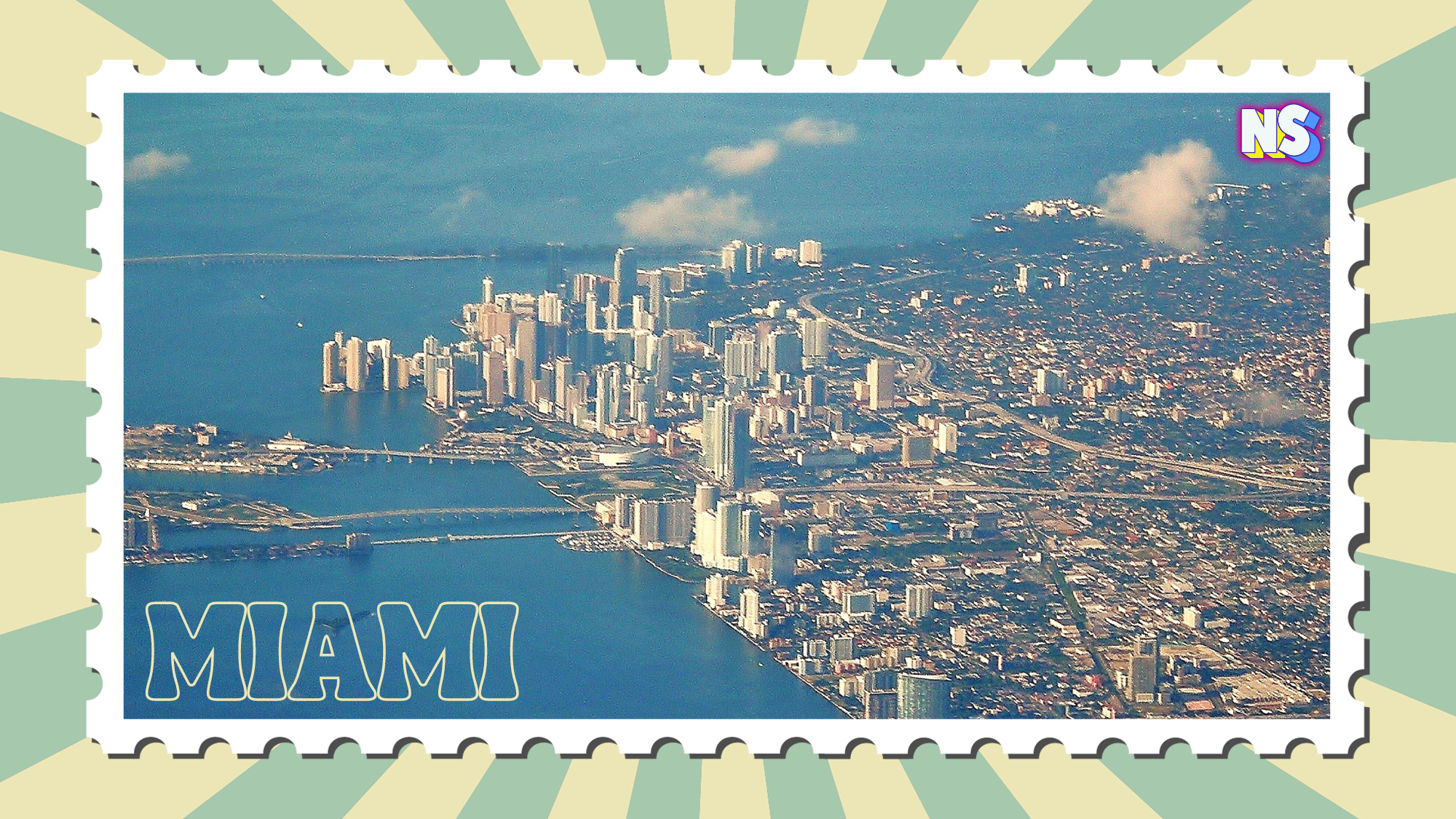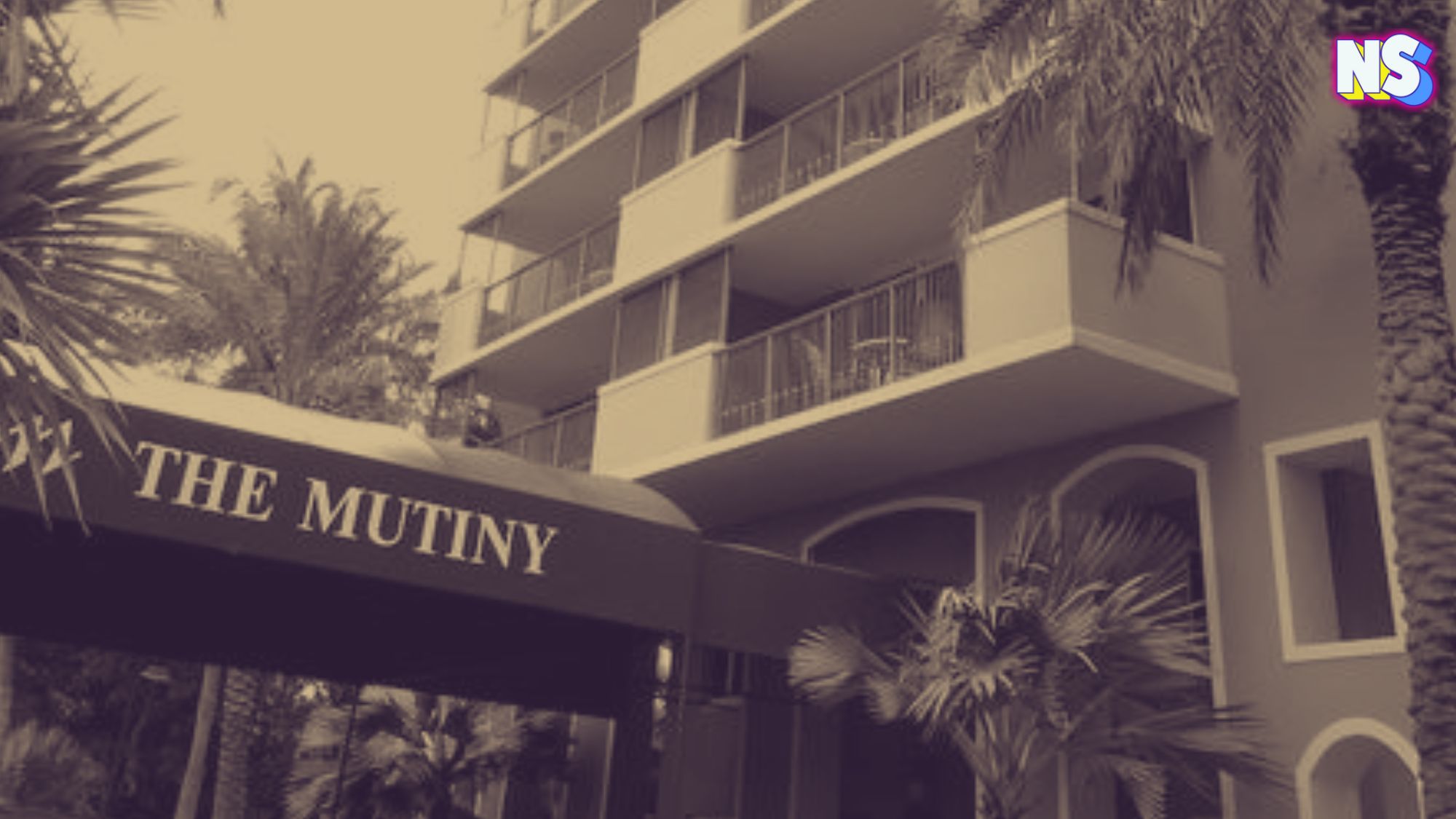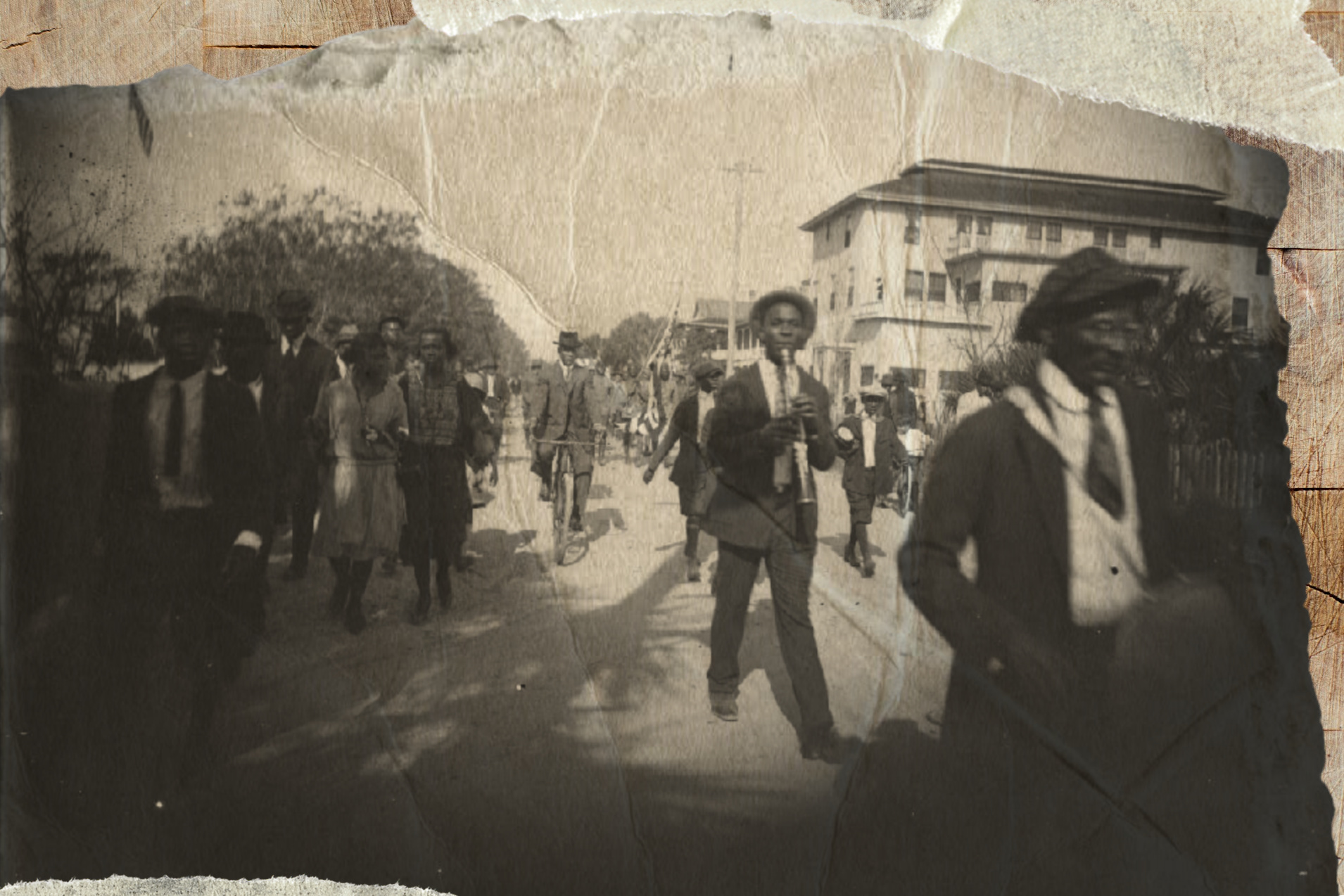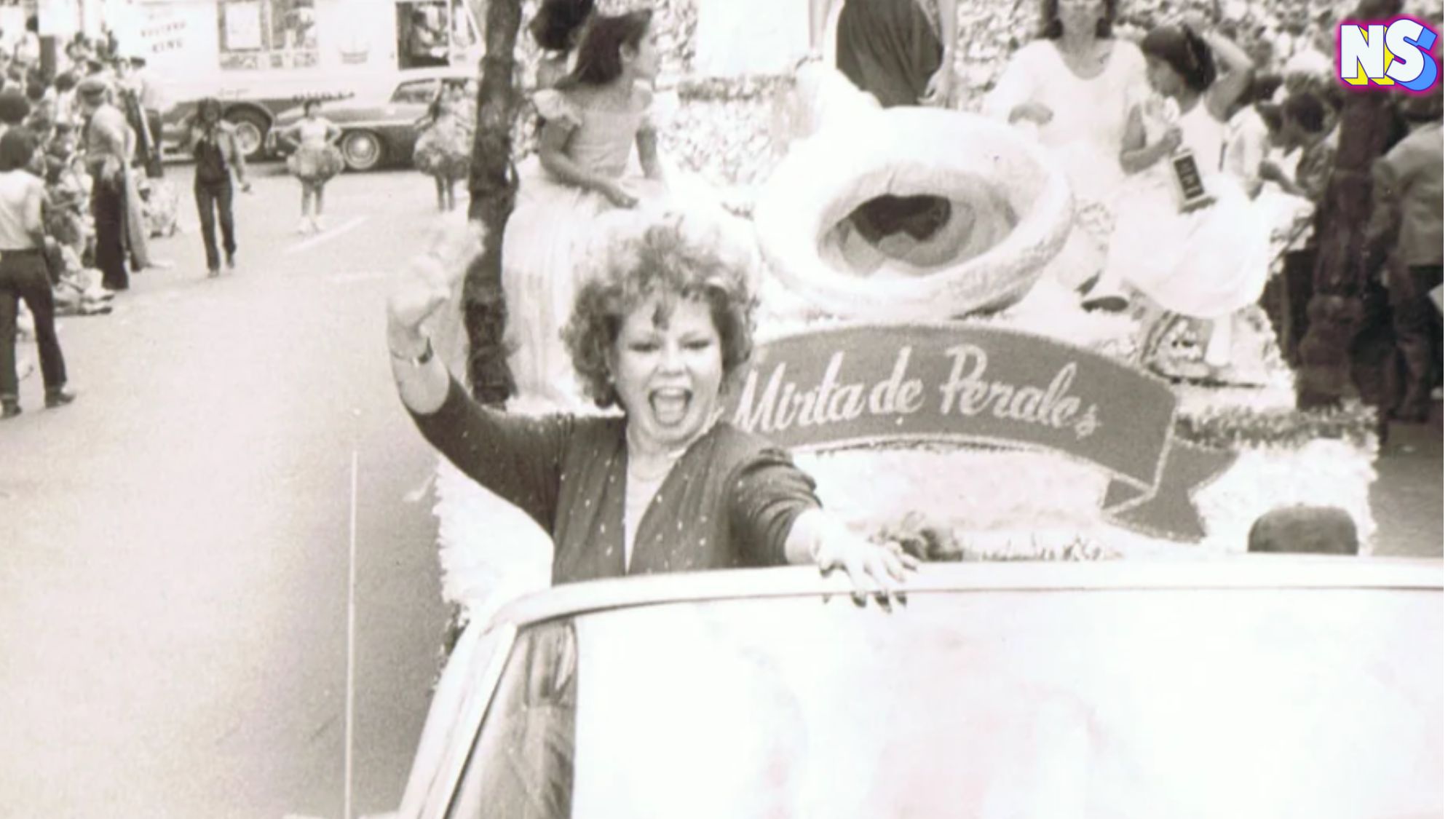It’s a city where Materva, a Cuban soda, lines the shelves of local Publix stores; where Puerto Rican pan sobao is a daily bakery staple; and where Nicaraguan steakhouses are more popular than traditional diners.
Bienvenido to the 305. A city in the United States where English hasn’t been the dominant language for decades. Where over 66 percent of the population speaks Spanish at home.
This is the story of Miami – a Southern Belle that became the Gateway to Latin America.
With a picturesque skyline, everything about Miami’s story is deeply rooted in Latin America. And everyone knows it.
Just last spring, the city’s cultural landscape garnered national attention for creating a unique “Miami Dialect” – a mixture of Spanish, English,and Spanglish.
“Latinos have transformed the city in the last half-century … ,’” NBC reports.
“So how did this tropical, coastal US metropolis become possibly the country’s most Latin American city?” The Financial Times asks.
Miami’s Latino history, including its relationship with the Cubans, the catalyst in its biggest Latino transformation, goes back. Way back. Even before the Cuban Revolution of 1959.
So let’s take a deep dive into the Magic City’s origin story.
Miami’s Beginnings
“The Hispanic presence in Greater Miami precedes the founding of the first permanent British settlement in the United States at Jamestown, Virginia, by 94 years,” Greater Miami Convention & Visitors Bureau explains.
It’s true. The Spanish first arrived on Miami’s shores in 1513, with explorer Juan Ponce de León navigating into Biscayne Bay in search of his Fountain of Youth.
But the story gets even more captivating with the arrival of Hernando de Escalante Fontaneda, a young Colombian shipwrecked off the coast in the 16th century.
Stranded at the age of 13, Fontaneda found refuge among the Tequesta tribe, the native inhabitants of the land we call Miami. He immersed himself in their culture for nearly 20 years.
“His 1575 account, or ‘Memoir,’ describes the rugged environment, flora and fauna, foodways, geographic and ethnic regions,” the site EarlyFloridaLit explains.
“Before Fontaneda’s arrival, others sought gold and a river of eternal youth in Florida,” EarlyFloridaLit writes. “However, Fontaneda’s experience in La Florida had him in desire of other things – valuable pearls around the Southern coast of Florida, cattle and Spanish supremacy over the Florida natives.”
Years later, Spanish colonists like Pedro Menéndez de Avilés, a key figure in Florida’s history, established a fort and mission among the Tequestas in 1567. Yet, despite initial efforts, these attempts to solidify Spanish presence in the area faltered over time, echoing the resilience of the land itself against foreign incursions.
It wasn’t until the late 19th century that Miami took its first steps toward modernity. Enter Julia Tuttle, the pioneering force behind Miami’s birth.
“It may seem strange to you,” Tuttle wrote to a friend, as told by the New York Times, “but it is the dream of my life to see this wilderness turned into a prosperous country. Where this tangled mass of vine, brush, trees and rocks now are to see homes with modern improvements surrounded by beautiful grassy lawns, flowers, shrubs and shade trees.”
Persuading railway magnate Henry Flagler to extend his Florida East Coast Railway southward, Tuttle became a catalyst for transformation, founding the City of Miami, as it’s formally called, on July 28, 1896.
Tuttle, being a woman, was not permitted to cast a vote, but today she is widely recognized as the only woman to have founded a major American city.
With just 800 residents, this nascent city began its journey towards becoming a global hotspot.
Yet, it was the Cuban exodus in the mid-20th century that truly reshaped Miami’s trajectory.
Before the Cuban Revolution
Cuban migration to South Florida actually happened before the Cuban Revolution in 1959, during an era of harmonious relations between the two nations.
In the late 19th century, a fluid movement of workers characterized the exchange between Florida and the island, fostering a lucrative trade in sugar, coffee, and tobacco.
Amidst this economic exchange, a continuous flow of Cuban workers commuted across the Straits of Florida, shaping a dynamic pattern of migration.
In the early 20th century, an estimated 50,000 to 100,000 Cubans traversed between Cuba and the U.S. annually, a testament to the fluidity of labor movement across these regions.
Even José Martí, a key figure in Cuban independence, sought refuge in the U.S., organizing liberation efforts while advocating through his writings.
Post-Spanish-American War, the U.S. maintained a keen interest in Cuban affairs, amplifying investments by American businesses in Cuban enterprises. Meanwhile, dissent against the increasingly oppressive Cuban government prompted opposition leaders to seek sanctuary in the U.S.
However, the 1950s heralded a turning point as President Fulgencio Batista’s authoritarian regime intensified, reaching a tipping point for political resistance.
The swell of refugees fleeing oppression marked a pivotal moment in Cuban-American history, setting the stage for a significant influx of immigrants.
The Cuban Revolution
As the Miami History organization explains, before the1950s, Miami was mostly Southern city with a “huge tourist element and a large Jewish population with little pockets of little ethnic groups.”
Then, at the end of the 1950s, things changed when thousands of Cuban and Puerto Rican immigrants entered the Miami Metro area.
Political instability and economic turmoil in Cuba, catalyzed by Cuban Dictator Fidel Castro’s rise to power, led to an influx of the Caribbean island’s refugees.
From the ’50s to the ’90s, waves of Cubans, spanning different social strata, sought refuge in Miami, bringing with them a vibrant cultural heritage and a tenacious spirit of resilience.
“Cubans began coming here (after the Revolution) in 1959 and after that, you had layer upon layer of Latinos coming in from different countries,” says Guillermo Grenier, a professor of sociology at Florida International University.
Often called “The Magic City” for its youth and booming population, the mass immigration from Cuba truly changed Miami’s landscape forever. 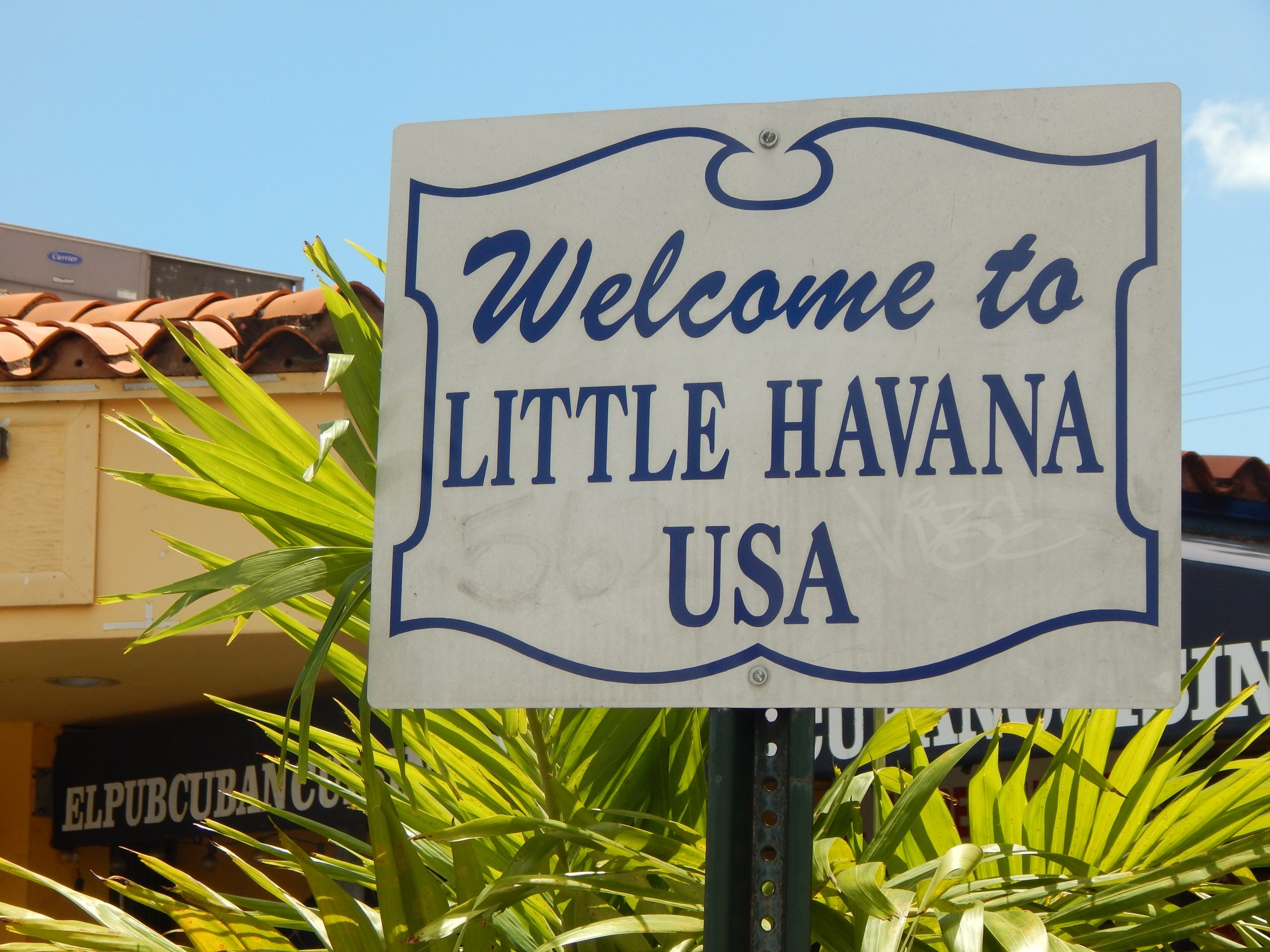
From 1965 to 1973, Freedom Flights, sponsored by the U.S. government, brought over tens of thousands of Cubans fleeing the Castro regime in Cuba, on a weekly basis.
“The city was becoming, more and more, an international city,” Miami History declares.
In 1973, Miami truly shed its image as a Southern city with its exploding Hispanic population and passed a “bilingual ordinance” making official documents and signage bilingual, in both English and in Spanish.
The end of the 1970s also saw an influx of Nicaraguan immigrants, arriving in Miami after fleeing their country during the Nicaraguan Revolution.
Miami’s Worldwide Debut
“By the end of the 1980s, 26% of the population in Miami was Hispanic, 70% of them were of Cuban origin, and 8% of that Latino population was Puerto Rican,” Baldwin Wallace University explains.
But the city truly solidified its international label as the Capital of Latin America thanks to Former U. S. President Bill Clinton.
In December 1994, Greater Miami served as the site of the Summit of the Americas, drawing together leaders from across Latin America and the United States.
“President Bill Clinton clearly selected Greater Miami as the summit headquarters due to its strategic location and its ever-increasing trade with the Caribbean and Latin America,” Cuban-American Author Frank De Varona writes.
In recent years, Cubans were followed by Latin Americans from countries including Colombia, Argentina, Venezuela and Brazil among others, Varona tells the BBC.
Today, the Latino influence is seen in all aspects of daily Miami life. Called a “majority-minority city” by the U.S. Census Bureau, over half of the city’s population identifying as Hispanic or Latino.
“Most Miamians, from waiters and dental hygienists, to politicians and bank presidents, have Latin origins,” a site for expats, CuencaHighlife, explains.
Miami, the once forgotten swampy land known as Biscayne Bay country, is now the third-wealthiest city in the nation, ranking third in purchasing power globally.
However, Miami’s tale of change and growth isn’t over. Positioned as a Latin American hub within the U.S., its story of transformation is still unfolding, for the world to see.

